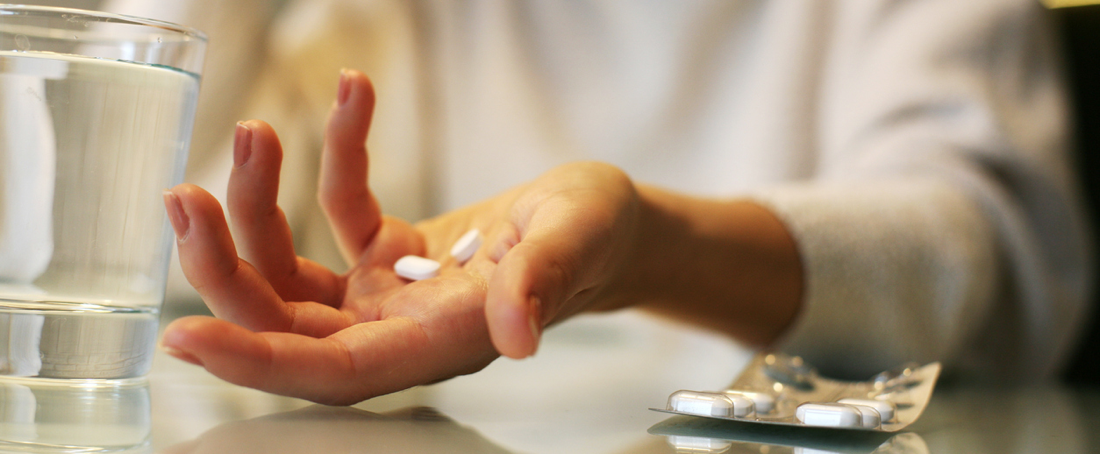Do Patients Perceptions Of Treatment Success or Failure Match Clinical Trial Results? They don’t.
When the American Urological Association created their Guidelines for the Diagnosis and Treatment for IC/BPS in 2011 they ranked their treatment options based primarily on clinical trial results. Researchers in Canada and the USA sought to determine if these treatment guidelines meaningfully reflected patient experiences by surveying 1628 females with IC. They found a tremendous disconnect.
Patients reported that the most effective treatment was opioid medications with 405/621 patients (65.6%) reporting improvement. Only 2.4% reported that it made them worse. The use of phenazopyridine (Azo Urinary Pain Relief Tablets, Pyridium) helped 390/638 patients (61.1%). Alkalinizing agents (i.e. Prelief) also showed great improvement with 365/660 (55.3%) of patients reporting improvement. Amitryptiline and antihistamines were rated moderately effective.
The authors concluded that “optimal therapy must include the best evidence from clinical research but also include real life clinical practice implementation and effectiveness.” One challenge, however, is that many patients have not been exposed to or cannot afford the treatment options present in Steps 4 and 5, including neuromodulation, botox and cyclosporine.
The AUA Guidelines strongly encourage the assessment and treatment of pain at every single medical visit, including a multi-modal pain treatments. They do NOT discourage the use of narcotic pain medication which may be required during periods of intense flares and discomfort. They state “It is clear that many patients benefit from narcotic analgesia as part of a comprehensive program to manage pain.”
The use of pain medication, however, should NOT be considered or used as the only treatment. Other therapies that treat and, ideally remove, the cause of pain, should be explored, such as the treatment of painful trigger points or Hunner’s ulcers. Tragically, the current opiate crisis as well as the recently released CDC Guidelines for Chronic Pain have resulted in many IC patients being removed from opiate therapy and/or not offered opiate medication.
The clearest message here is that pain relief is a clear priority of the patient population and that in the experience of patients opiate medication has helped improve comfort more than any other therapy.
Reference:
AUA 2017 Abstract: MP29-20 TREATMENT EFFECTIVENESS IN INTERSTITIAL CYSTITIS/BLADDER PAIN SYNDROME: DO PATIENT PERCEPTIONS ALIGN WITH EFFICACY BASED GUIDELINES? JUROL: April 2017 Volume 197, Issue 4, Supplement, Page e388

